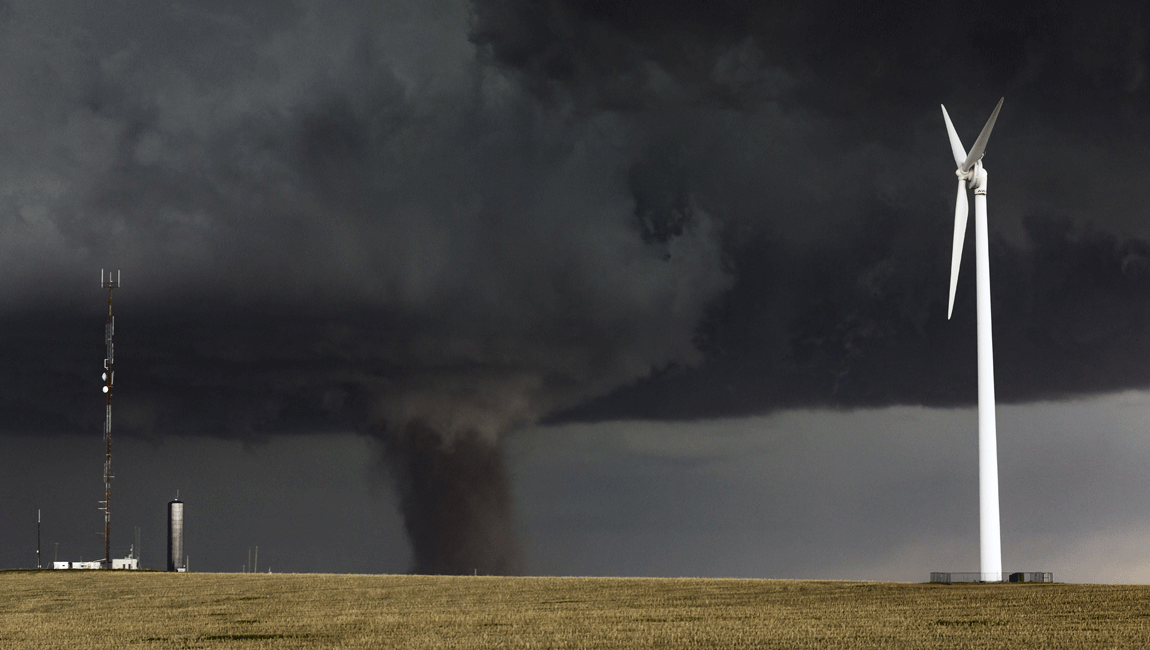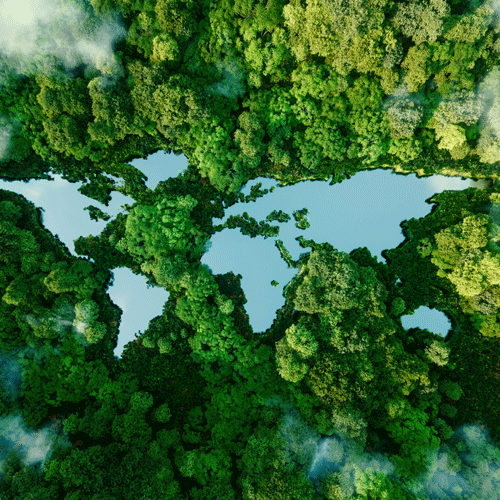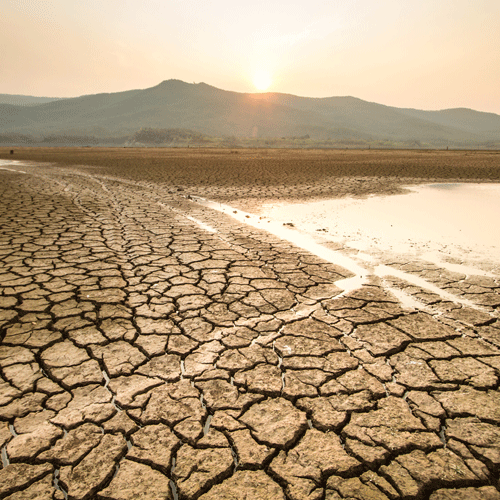Climate Change
Climate change is widely seen as the biggest challenge of our age. Vast financial and human resources are being mobilized to deal with the causes and effects of climate change, and to bring about an energy transition away from fossil fuels to renewable resources. In August 2021, the Intergovernmental Panel on Climate Change’s 6th Assessment Report – widely seen to be the most authoritative and up-to-date source on the topic -- issued the most severe warning yet on climate change: “Recent changes in the climate are widespread, rapid, and intensifying, and unprecedented in thousands of years,” the report said. The impacts of climate change such as rising sea levels, changes in rainfall patterns, and higher temperatures are already unavoidable even if the world succeeds in reaching the 2050 zero-carbon emissions targets set at Glasgow in 2021 which would limit warming to an annual increase of 1.5 degrees centigrade above 1850-1900 levels. But the world is not on track to meet these targets.







